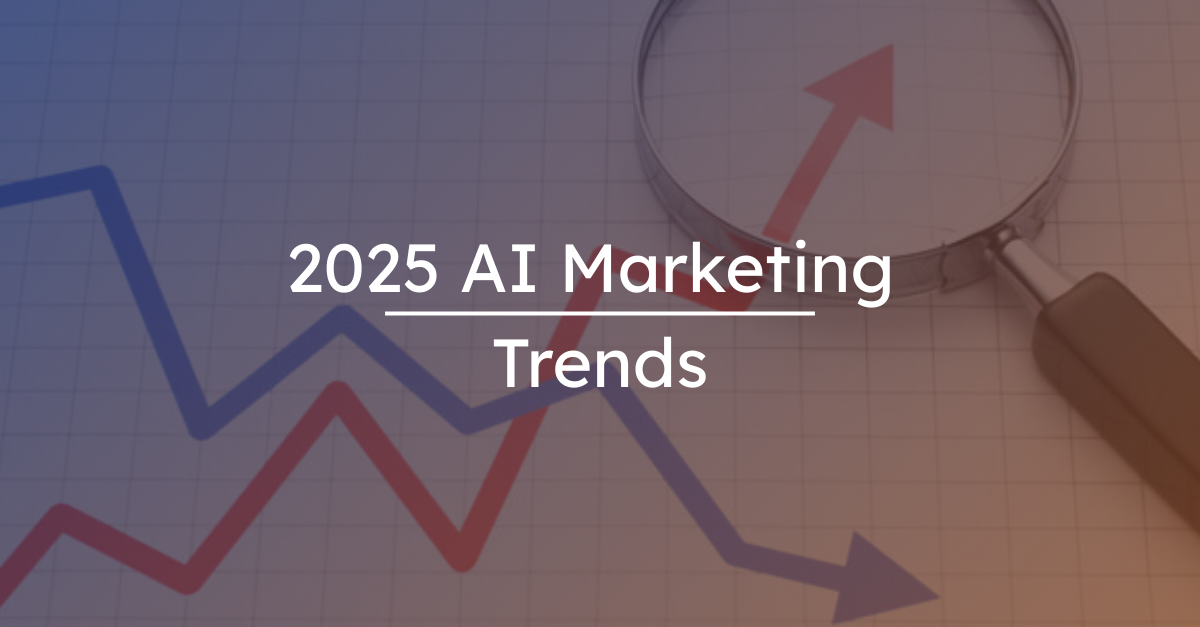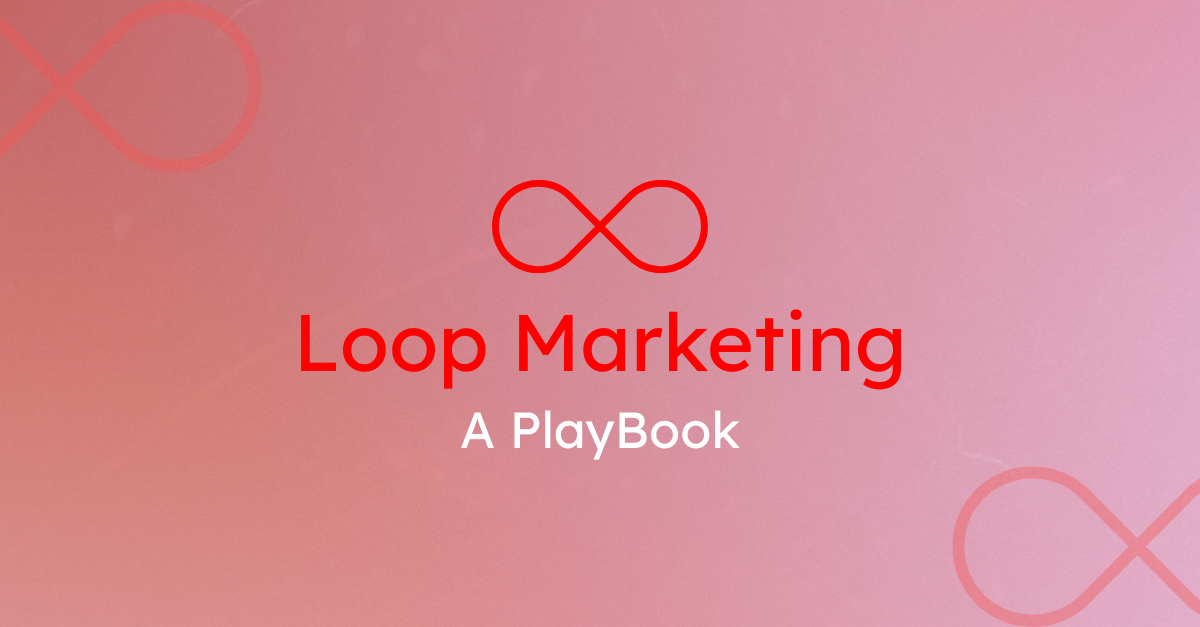
AI-Powered Marketing That Actually Drives Conversions

Marketing today often feels like shouting into a crowded room — expensive, noisy, and only sometimes heard. That friction exists for a reason: legacy systems, fragmented data, sloppy attribution, copy-and-paste messaging, and mounting pressure to prove ROI. Below, I unpack where current approaches fall short, show how AI is changing the playing field with real cases and tools, and give a practical roadmap so your team can use AI to increase conversions and surface better Sales-Qualified Leads (SQLs).
What's broken with current marketing approaches
- Siloed data: CRM, web analytics, ad platforms, product telemetry, and campaign tools rarely talk smoothly to one another. That makes personalization slow and inaccurate.
- One-size-fits-all creative: Generic email blasts and static landing pages produce low relevance and poor conversion rates.
- Poor targeting and wasted spend: Manual audience segmentation misses micro-signals that indicate purchase intent — so budgets go to low-intent users.
- Attribution blindness: Traditional last-click or rule-based attribution undercounts discoverability, owned content, or assisted channels that influenced the deal.
- Operational inefficiency: Repetitive tasks (tagging leads, triage, simple creative edits) eat time marketers could spend on strategy and creative.
Fixing these problems is what AI is being used for — not to replace marketers but to amplify what the team can do.
Current trends & real-world wins (what's actually working)
- Personalization at scale — Retail and entertainment giants use recommendation engines and AR/VR try-ons to increase conversion and time spent. Recommendation systems account for a considerable share of purchases/views on major platforms (e.g., Amazon and Netflix), and brands using AI-driven personalized experiences report meaningful uplifts in conversions. (Buy with Prime, Stratoflow)
- AR + AI boosting purchase confidence — Sephora's Virtual Artist and AR try-ons have been credited with significant increases in add-to-cart and conversion rates (reports cite double-digit to 100%+ lifts for product pages that use virtual try-ons). These immersive experiences reduce returns and increase AOV. (Single Grain, Braze)
- Hyper-personal offers & predictive next-best-action — Starbucks' Deep Brew and similar programs use loyalty and purchase signals to deliver tailored offers that increase spend and retention. AI models improve the relevance of offers and timing, lifting average transaction value and repeat purchase rates. (Multiple brand case write-ups show measurable sales and retention improvements.) (Marketer In The Loop, Payload Website Template)
- AI as an operational multiplier — Marketing platforms are shipping built-in AI agents that write first drafts, suggest subject lines, optimize bids and creative, and surface high-intent leads from noisy CRM records. HubSpot and others announced major AI feature launches in 2025 focused on automating repetitive tasks while leaving strategy and brand voice to humans. (TechRadar)
Tools marketers are actually using (short list)
Most vendors now include AI features; here are widely used categories and examples:
- CRM & personalization engines: HubSpot (AI agents), Salesforce Einstein, Adobe Experience Cloud / Sensei. (TechRadar, Salesforce)
- Ad & bidding optimization: Google Ads (automated bidding), Albert, Adobe Advertising.
- Content & creative: ChatGPT / GPT toolchains, Jasper, Persado / Phrasee (language optimization), Canva AI.
- Conversational & lead qualification: Drift, Conversica, ManyChat.
- Analytics & attribution: Looker/BigQuery + ML models, attribution platforms with ML.
- Experimentation & personalization: Optimizely, Dynamic Yield, platforms with real-time recommendations.
(There are long curated lists from HubSpot, Salesforce, and independent reviews that compare feature sets and use cases.) (HubSpot Blog, Salesforce)
How to incorporate AI to drive conversions — a practical playbook
- Fix your data plumbing first.
- Connect CRM, product, ad, and analytics data into a unified layer (CDP or Data Lake). Garbage in → garbage out.
- Start with high-ROI, low-risk use cases.
- Email subject-line and creative optimization (A/B test AI suggestions).
- Predictive lead scoring to prioritize follow-up (route hot leads to sales SDRs).
- Dynamic on-site product recommendations and cart recovery offers.
- Run controlled experiments: Deploy AI-driven personalization to a segment and A/B test conversion, AOV, and return rates. Use holdout groups to measure actual lift.
- Automate repetitive workflows: Use assistants/agents to auto-tag leads, generate drafts, build landing pages, and summarize campaign performance — freeing humans for creative strategy and complex negotiations.
- Close the loop into CRM & sales: Feed AI signals (likelihood to buy, product affinity, ideal outreach time) into sales workflows so SDRs get warmer, higher-quality SQLs.
- Measure and iterate: Replace brittle rule-based attribution with multi-touch, ML-driven models to credit the proper channels and refine budget allocation.
Stats that matter — AI helps marketers work smarter (not just cut heads)
- HubSpot's State of Marketing signals widespread marketer adoption and intent to operationalize AI: a large share of marketers are actively using or planning AI features in 2025. This is reflected in product roadmaps at major marketing platforms. (HubSpot)
- McKinsey's surveys show rapid organizational adoption of generative AI and that organizations using AI are also hiring for new AI-related roles — meaning AI shifts the skill mix rather than simply eliminating all roles. Organizations often report capturing value by augmenting teams, not just replacing them. (McKinsey & Company)
- Prominent platform examples show concrete revenue/engagement impact from personalization and AI: recommendation systems underpin a substantial portion of Amazon and Netflix engagement/revenue — a signal that AI-driven personalization directly drives business results. (Buy with Prime, Stratoflow)
(Reality check: some routine tasks are automated, and some roles will evolve or disappear — that's normal in tech change. The data shows significant investment in AI talent and new roles, and most marketing teams report using AI to scale work, not to eliminate expertise.) (McKinsey & Company, The Washington Post)
Hopes from HubSpot’s Loop Marketing
At INBOUND 2025, HubSpot introduced Loop Marketing, a framework designed to unify data, customer interactions, and campaign execution in a continuous cycle. Unlike traditional funnel-based models, Loop emphasizes ongoing engagement and feedback loops to nurture relationships beyond the first conversion.
Marketers are reacting positively: early conversations highlight optimism about Loop’s ability to solve long-standing issues with fragmented systems and siloed data. By embedding AI into every stage of the customer journey, the expectation is that Loop Marketing will not just improve lead generation but also continuously optimize conversions and customer lifetime value. Many B2B marketers see it as a shift from one-off campaigns toward sustainable, AI-driven engagement, and the sentiment around its launch suggests high hopes for faster, more efficient marketing outcomes.
Final note — conversions, SQL quality, and revenue impact
When implemented thoughtfully, AI reduces friction at every funnel stage: better targeting reduces wasted spend, hyper-personal content increases lift, predictive scoring surfaces the right leads, and automation frees marketers to do higher-value work.
The net effect is not just more leads; better qualified leads and measurable conversion, AOV, and retention improvements. In short, use AI to amplify human judgment, not outsource it. That combination — data + models + human strategy — is the fastest path to more conversions and sustainable revenue growth.


